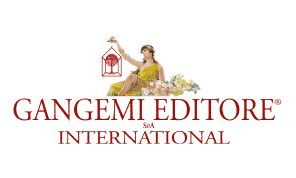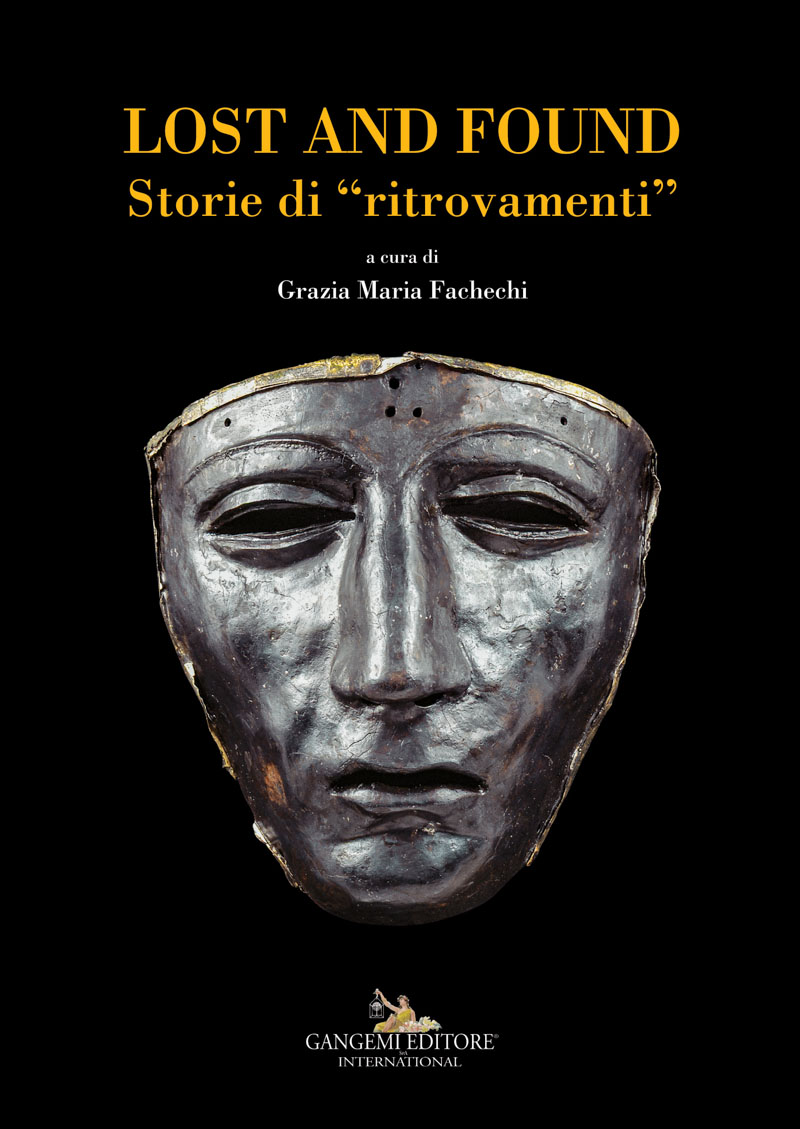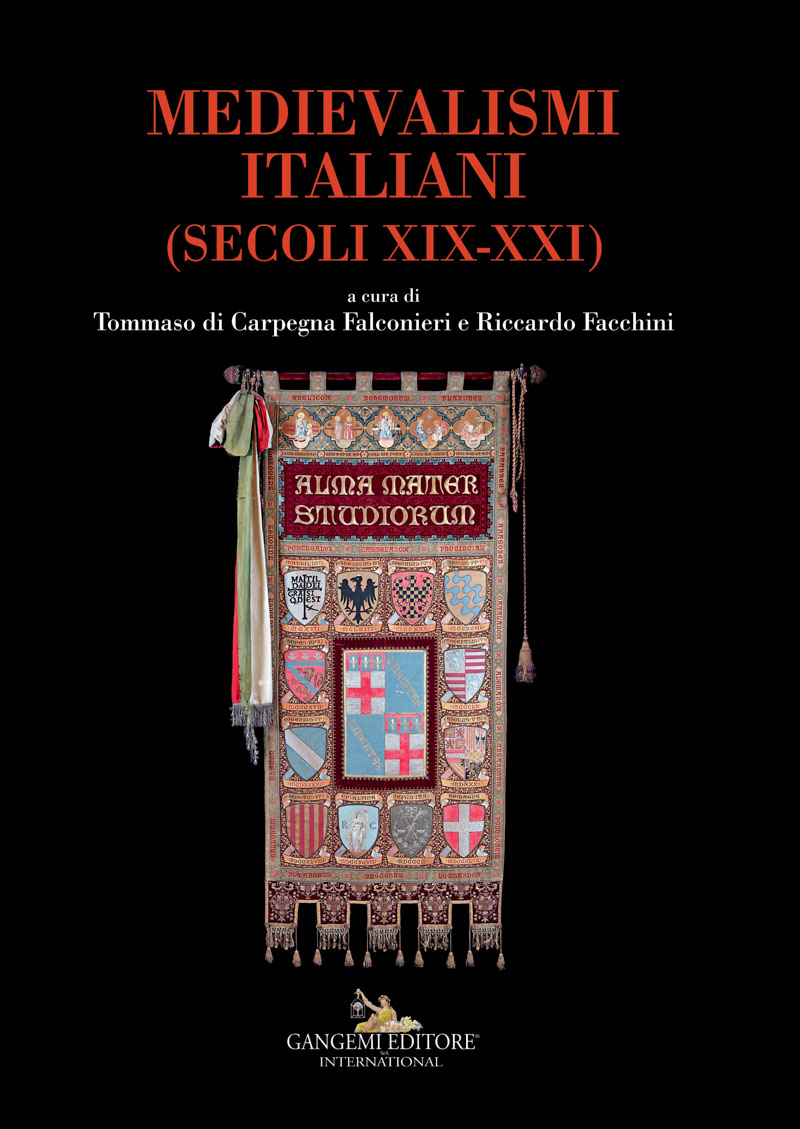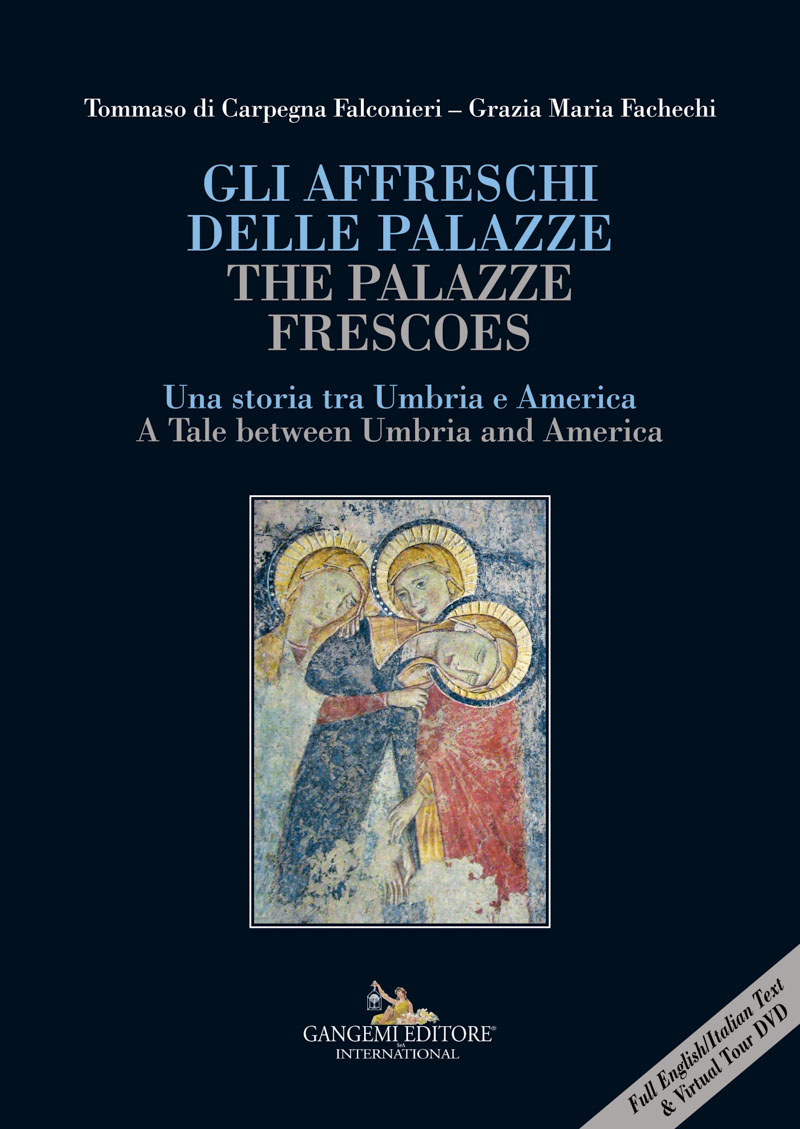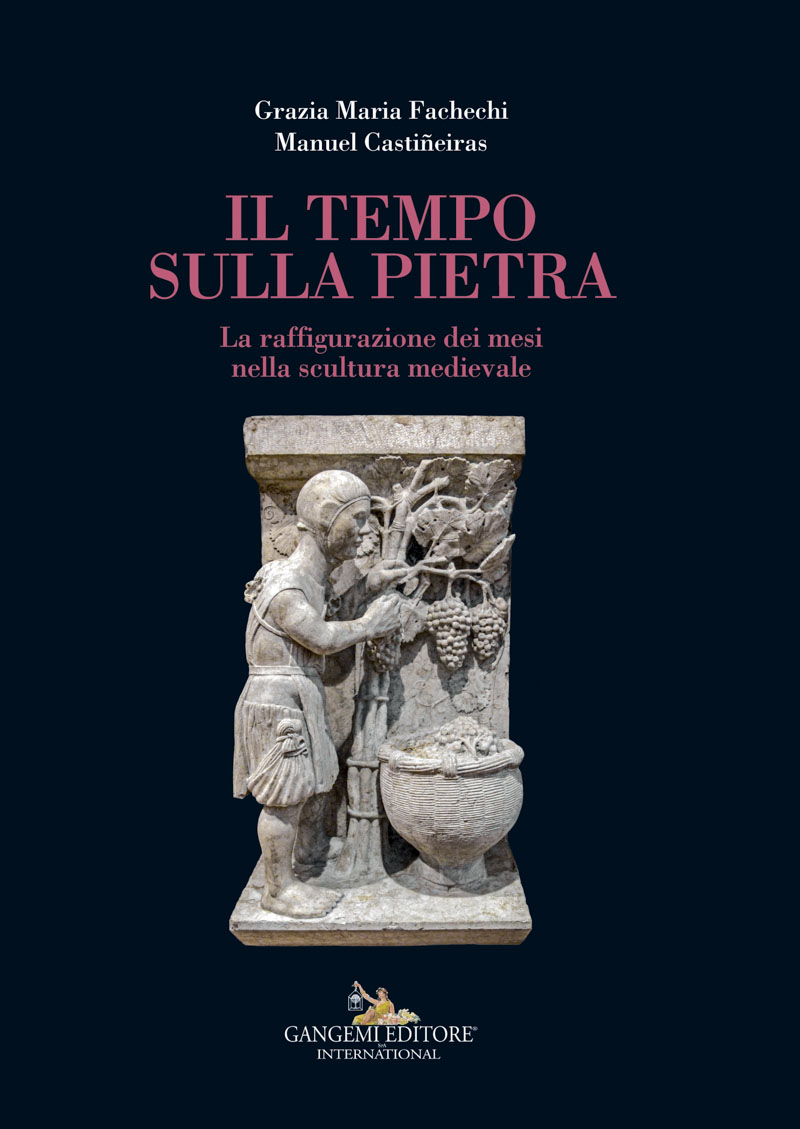
30,00 €
Potrebbero interessarti anche
-

Renato Guttuso
A cura di: Canova Lorenzo -

Gios De Agostini
Autori: Enrico De Agostini
Il tempo sulla pietra
La raffigurazione dei mesi nella scultura medievale
Autori: Castiñeiras Manuel
Formato: 17 x 24 cm
Legatura: Filorefe
Pagine: 176
Anno edizione: 2019
ISBN: 9788849235647
EAN: 9788849235647
UB. INT. : T803b V16g
Contenuto
Collana Chiaroscuro. Ricerche di storia e storia dell’arte diretta da Tommaso di Carpegna Falconieri e Grazia Maria Fachechi
La raffigurazione dei mesi dell’anno è un tema che vanta una storia molto lunga. Le sue origini sono da ricercarsi nell’Antichità, ma è in pieno Medioevo che si registra il suo sviluppo più significativo. Quando, sul finire dell’XI secolo, la scultura diventa un veicolo privilegiato della Chiesa per accogliere grandi programmi figurativi indirizzati a presentare ai fedeli le chiavi della salvezza, i mesi entrano infatti “di diritto” nella decorazione di importanti edifici sacri, dialogando con le storie del Vecchio e del Nuovo Testamento, e facendo emergere, in controluce, la temporalità dell’uomo sulla terra. Il libro vuole sottolineare l’importanza della scultura quale mass medium per la diffusione dei cicli monumentali dei mesi nell’Europa dei secoli XII e XIII, e la ricchezza di significati che essi trasmettevano. Solo in apparenza meramente descrittive delle attività stagionali che scandiscono il passaggio del tempo, queste immagini, corrispondenti ai proverbi dei mesi ancora oggi in uso, ma la cui origine si perde nella notte dei tempi, erano infatti capaci di evocare di volta in volta numerose e diverse associazioni. In questo vasto e diversificato orizzonte polisemico, c’è però spazio per una nuova interpretazione, la quale poggia su un duplice piano, insieme simbolico e precettistico, e si lega, per certi versi, e sorprendentemente, all’improvviso cambiamento climatico definito dagli studiosi Massimo Solare Medievale.
The representation of the months of the year has a long history, and while its origins are to be found in Antiquity, it is the Middle Ages that sees the subject’s fullest development. It was only in the late eleventh century, when sculpture became the preferred medium for the Church to promote great figurative programs whose goal was to present the faithful with the key to their salvation, that the months were included in the decoration of important sacred buildings, creating a dialogue with stories from the Old and New Testament, to illuminate the temporariness of human life. This book underlines the importance of sculpture as a mass medium for the diffusion of the cycles of the months in the Europe of the twelfth and thirteenth centuries, and emphasizes the richness of meaning they contain. In the merely descriptive appearance of seasonal activities that mark the passage of time, these images, corresponding astonishingly to proverbs still in use today but whose original meanings have been lost in the mists of time, were capable of evoking a gamut of multiple associations. However, in this wide and polysemic panorama, there is still room for a new interpretation, which is based on both symbols and precepts and somehow tied, surprisingly, to the sudden climate change phenomenon defined by scholars as the Medieval Climatic Anomaly or Medieval Climate Optimum.
GRAZIA MARIA FACHECHI è Professoressa Associata di Storia dell’Arte Medievale all’Università di Urbino. I suoi campi d’interesse sono: la miniatura, il rapporto testo/immagine, la scultura, con particolare attenzione alla policromia. Attualmente collabora a un progetto (coordinato dal Metropolitan Museum of Art di New York) sulla “Scultura romanica in legno in Europa”. Negli ultimi tempi si è interessata anche all’uso delle tecnologie digitali per la visualizzazione del “com’era”. Il suo ultimo libro (Gli affreschi delle Palazze: una storia tra Umbria e America), scritto con Tommaso di Carpegna Falconieri, contiene la ricostruzione 3D del contesto originario di un ciclo di affreschi, staccati dalle pareti nel XX secolo, venduti a collezionisti americani e ora conservati in diversi musei degli Stati Uniti. Con Gangemi Editore ha pubblicato anche il catalogo di una delle più importanti collezioni di sculture lignee in Italia (Museo Nazionale del Palazzo di Venezia: sculture in legno), frutto di una ricerca finanziata dalla Getty Foundation (Los Angeles).
GRAZIA MARIA FACHECHI is Associate Professor of Medieval Art History at the University of Urbino. Her fields of expertise are: illuminated manuscripts, the relationship between text and image, and sculpture, with a focus on polychromy. She is currently participating in a project (supervised by the Metropolitan Museum of Art in New York) on “Romanesque Painted Wooden Sculpture in Europe”. Recently, she has also become very interested in digital visualization technologies for the reconstruction of lost artworks and contexts. Her most recent book (The Palazze frescoes: a tale between Umbria and America, in collaboration with Tommaso di Carpegna Falconieri) contains the 3D reconstruction of the original settings of a cycle of frescoes, detached from the walls in the XX century, sold to American collectors and now preserved in different American museums. With Gangemi Editore she also published the catalogue of one of the most important collections of wooden sculptures in Italy (Museo Nazionale del Palazzo di Venezia: sculture in legno), as a result of research funded by The Getty Foundation.
MANUEL ANTONIO CASTIÑEIRAS GONZÁLEZ è Professore Ordinario di Storia dell’Arte Medievale all’Universitat Autònoma de Barcelona, dove è stato anche direttore del Dipartimento d’Arte e Musicologia (2014-2015) e Professore Associato (2010-2018). In precedenza ha coperto la carica di curatore e direttore della collezione romanica del Museu Nacional d’Art de Catalunya di Barcellona (2005-2010) e di Professore Associato presso l’Università di Santiago di Compostela (1997-2005). La sua attività di ricerca si concentra sull’arte romanica e sulla pittura medievale, oltre che sul pellegrinaggio e sui fenomeni di scambio artistico nel Mediterraneo. Attualmente sta scrivendo con Gangemi Editore una monografia sulla percezione latina dell’Oriente bizantino nel tardo Medioevo. Il libro è il risultato di un progetto di ricerca condotto durante l’anno 2017-2018 grazie alla Samuel H. Kress Fellowship del Center for Advanced Study in the Visual Arts/National Gallery of Art (Washington).
MANUEL ANTONIO CASTIÑEIRAS GONZÁLEZ is currently Professor of Medieval Art History at the Universitat Autònoma de Barcelona (UAB), where he acted as the Head of the Department of Art and Musicology (2014-2015) and Associate Professor (2010-2018). Previously he was Chief Curator of the Romanesque Collection in the Museu Nacional d’Art de Catalunya of Barcelona (2005-2010) and Associate Professor in the University of Santiago de Compostela (1997-2005). His research focuses on Romanesque Art and medieval panel painting, though he has also worked extensively on pilgrimage and the question of artistic exchange in the Mediterranean. He is currently writing for Gangemi Editore a book on the Latin perceptions on the Byzantine East in the Late Middle Ages as a result of his research during 2017-2018 as Samuel H. Kress Fellow at the Center for Advanced Study in the Visual Arts-National Gallery of Art, in Washington D.C.
Parole chiave
Condividi su
